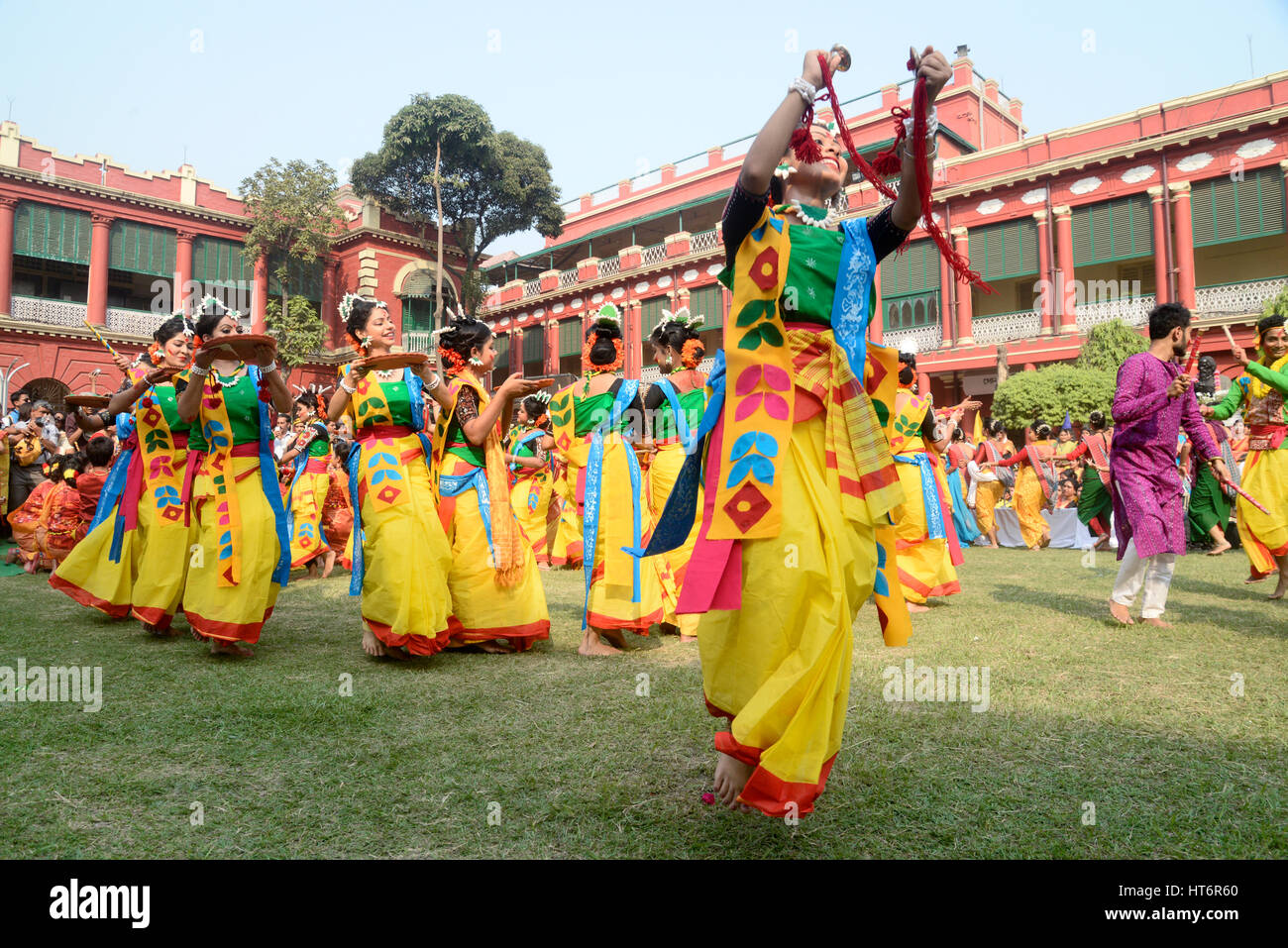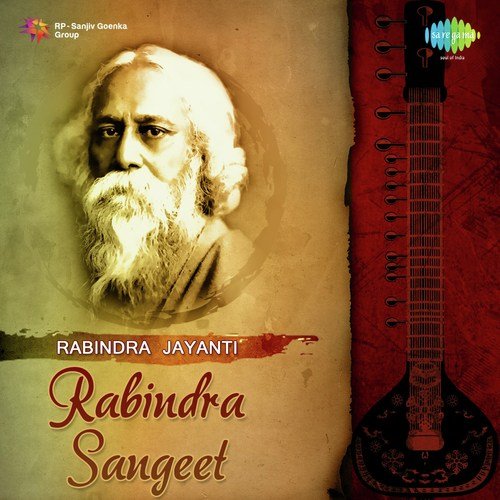
With that in mind, I will therefore begin in this Part I with HM and his contributions to Rabindra-Sangeet (the Bengali terminology for the songs of Tagore which are the single greatest identifier of Bengal’s renaissance musical culture), specifically with references to how his voice and style made Tagore’s music literally come alive inside my own mind My purpose for this centennial remembrance is to provide introductory sketches of HM’s contributions to Bengali vocal music during an era rightly regarded as the golden age (late 1940s through mid-1970s) of that genre which may be perceived as an appropriate follow-up to the renaissance creativity of poets and composers with Rabindranath Tagore at the very crest. This is not intended as a biographical essay I can only hope that someone who feels just as indebted to HM for the introduction to, and identification with a Bengali musical identity will create an appropriate biographical tribute. And it is how, through the music propagated into the airwaves through this Ultra that the captivating, irreplaceable voice of Hemanta Mukhopadhyay (hereafter HM) captured my young imagination and made it indelible for life- this will be one of the starting points of the 5-part essay I plan to write about this genuine “Baritone of our Renaissance” on the occasion of his centennial year. And we had an older valve-based radio set (an Ultra, my Father would tell us) which picked up All India Radio, Calcutta remarkably well. The headlines and photographs on every page of that paper brought Bengal home to us instantly, even as my brother and I rapidly consumed all the comic strips (translated to impeccable Bengali by hugely talented individuals from the remnants of the renaissance) and then the sports pages- football, to tennis, to cricket, to snooker, to chess. We also had the newspaper-boy drop off the northern Indian print edition of Ananda Bazar Patrika, Bengal’s leading newspaper, every day. For them, it was not even a conscious choice- it was simply a part of our daily lives, far from the province of our origin, whose revitalizing influence on them was evident every day, in every way.ĭespite my Father’s very modest means in those years, our home was never lacking in cultural stimuli- we subscribed to the incomparable Bengali weekly (literary) periodical, Desh (which in my opinion has as glorious a history of sterling authors and scholars as anything The New Yorker boasts about, and I have perused both over extended periods of time) for as long as I can remember, and from the pages of which my Mother would read us articles during the years we were barely honing our Bengali reading and writing skills. And yet, Bengal was perpetually within our grasp (even as my parents taught us the importance of diverse languages, cultures and people), such was their natural affinity for anything Bengali.


Those early growing years, we were not even in Bengal- as an employee in the Central Government’s Department of Statistics, my Father was posted in Allahabad in northern India- a city in the Hindi-speaking part of India which was 550 miles from Kolkata.

I was born in a post-renaissance, post-independence Bengal, in the city of Kolkata (erstwhile Calcutta from colonial times), at a time when the Bengal Renaissance, which began with Raja Rammohun Roy (1774-1833) and many would argue reached its zenith with Rabindranath Tagore (1861-1941), was beginning its gradual descent into mediocrity (in no small measure due to the deep wounds of partition and the associated displacements and mass deaths, and also the transfer of India’s national capital to Delhi in the early decades, and the attendant loss of political influence).ĭuring my very early years, growing up in a deeply idealistic household with a Mother who (despite not having any college degree) was a relentless reader of books, big and small, anywhere and everywhere, and keenly observant of events around the world long before our current information age, and a Father who had spent five years of his young life as a freedom fighter in a British detention center, thereby sacrificing career pursuits for financial and material security- glimpses of what the staggering 150 or so years of Bengal’s immediate past history meant in virtually every imaginable field, were being brought to my brother and me on a daily basis. Part I: The Life-Changing Rabindra-Sangeet He Revealed to Me Share on WhatsApp Share on Facebook Share on Twitter Share on Telegram Share on Reddit Share on Email


 0 kommentar(er)
0 kommentar(er)
